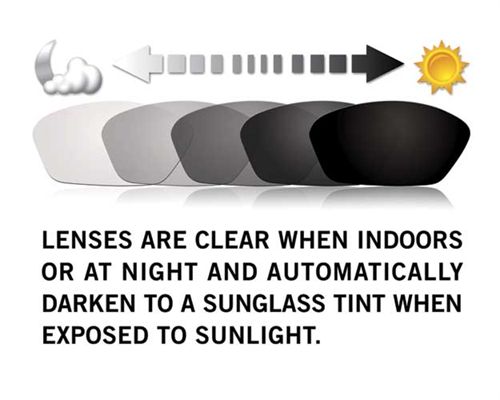Plastic lenses are fantastic for prescription eyeglasses and prescription sunglasses due to their tint factor. These lenses are very light weight, and could be made into any prescription (Rx). Most individuals refer to this lens as the "Standard" or "Regular" or "Plastic" Lens.
The CR-39 allyl diglycol got its patent in carbonate monomer in the year 1945 marked a cardinal milestone in the evolution of the optical industry. A "monomer" from Greek mono "one" and meros "part" is a atom or a tiny molecule which may chemically bind to other molecules to form a polymer. A polymer as you remember from science class is a large molecule composed of repeating structural units. This brand new invention inspired a great deal of creativeness and ingeniousness.
The age of plastic led to tons of the great plastic lens merchandise that is available today. Plastic lenses that are produced from CR-39 allyl diglycol carbonate monomer, combine optics from glass along with the superior,thermal,mechanical and chemical properties resistance of the thermosetting material. The CR39 monomer is widely used for producing plastic lenses for both prescription eyeglasses and prescription sunglasses . CR-39 Plastic plastic products require complete resistance to high abrasion among other properties.
Plastic lenses formed from the CR-39 monomer provide to a lesser extent chromatic optical aberration compared to polycarbonate lenses, proven by tests measured by the Abbe number. The Abbe number is a measuring variable which expresses the deviat effect of optical glass on light from different wavelengths.
In conclusion, The Plastic Lens is very light weight compared to any of the other materials, and could easily be made into any prescription. The Plastic Lens is not recommended for rimless frames.






 Users who are searching for extremely thin and flat lenses.
Users who are searching for extremely thin and flat lenses.


